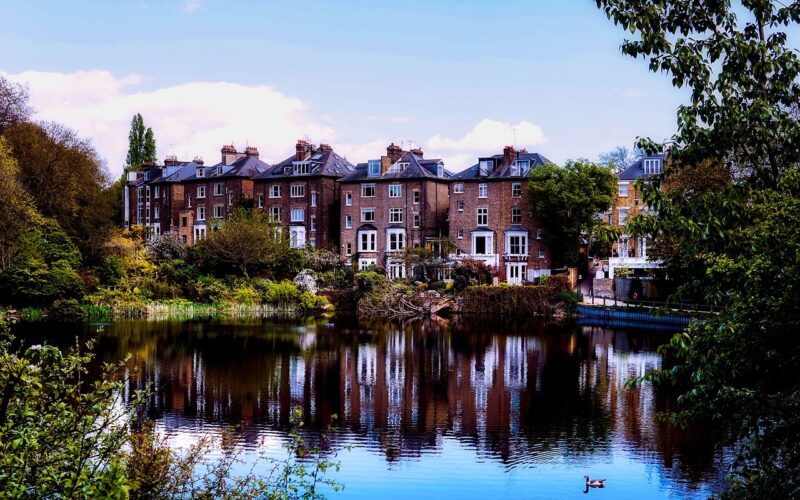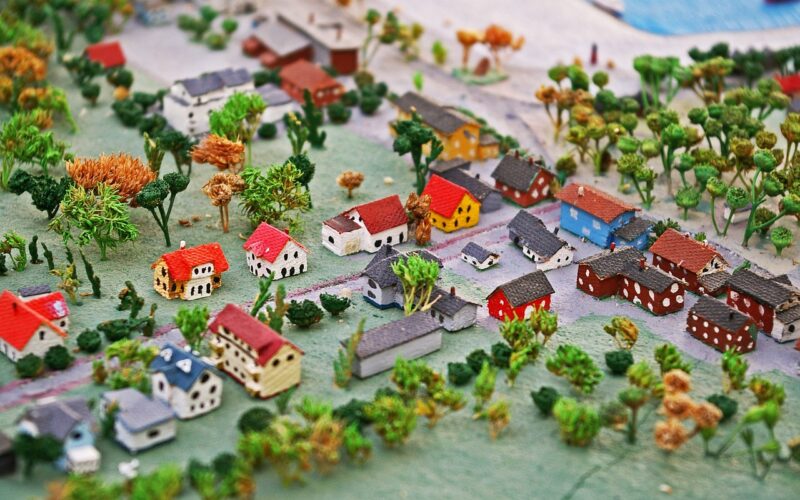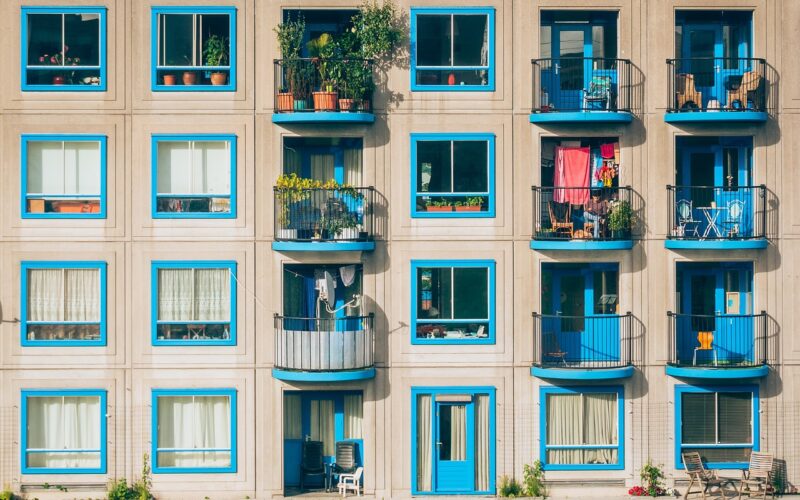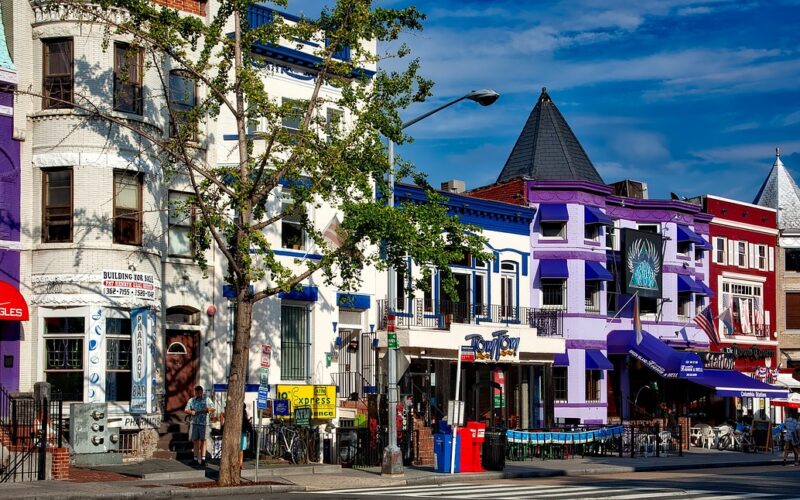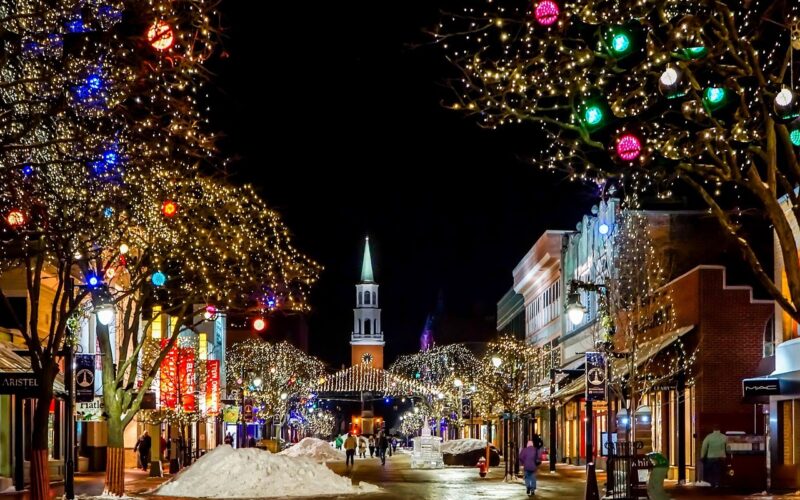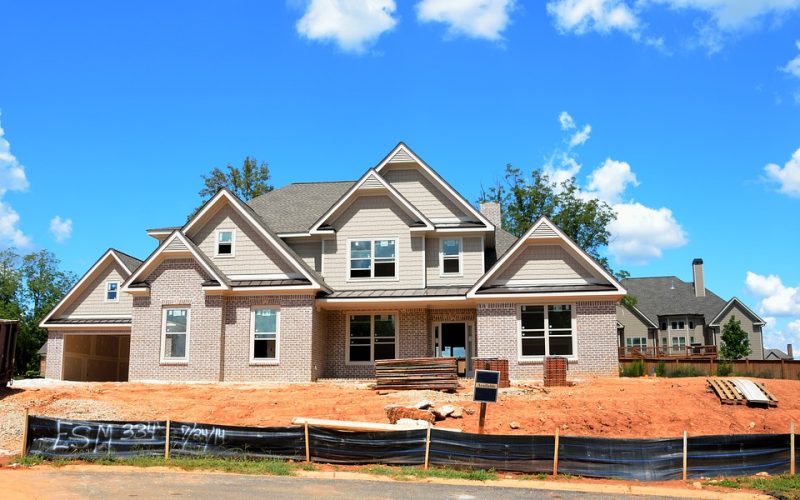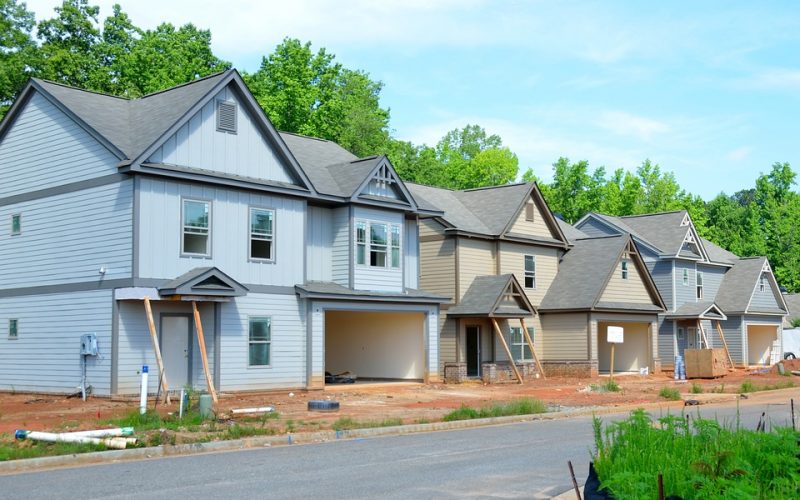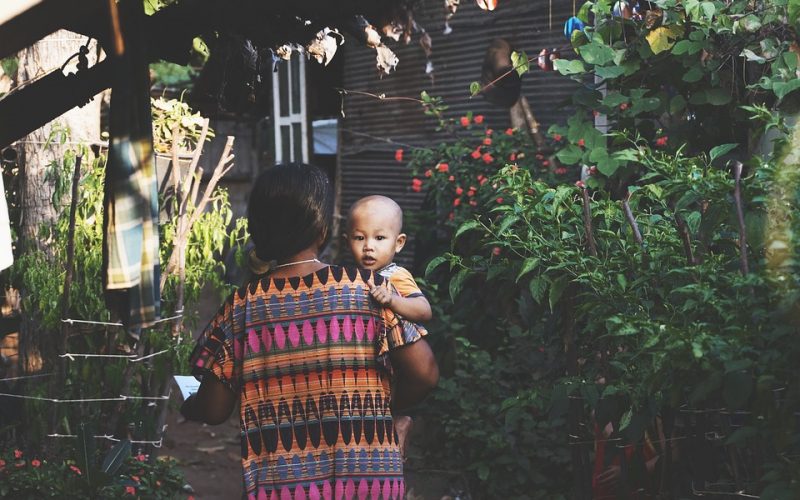The phenomenon of gentrification has become a focal point of urban dynamics discussions. On the one hand, it symbolises progress and revitalisation, while on the other, it's a harbinger of displacement and social stratification.
Understanding gentrification and its impact
First, we must understand what gentrification is. It generally refers to the process whereby higher-income individuals move into low-income neighbourhoods, leading to increased property values and the displacement of the existing, often poorer, residents. This influx also often brings about an enhanced infrastructure, rejuvenated housing, and an increase in local business activities.
Critics of gentrification argue that this socio-economic shift can lead to a form of 'urban cleansing' where the original inhabitants, typically from marginalised communities, can no longer afford to live in their transformed neighbourhoods. They are forced to relocate, breaking up established community networks and local culture.
Drivers of neighbourhood transformation
The drivers behind gentrification are multifaceted and range from economic motives to urban policy frameworks. A popular explanation is that as cities grow and urban space becomes more limited, more affluent people search for low-cost housing close to city centres, thereby encroaching on working-class districts.
Local governments often play a role by introducing policies that are intended to uplift derelict areas but can inadvertently encourage gentrification. Tax incentives for redevelopment, for instance, can attract property developers and speculators whose projects cater to wealthier clients.
The gentrification cycle
Gentrification tends to follow a recognisable pattern. Artists and other creatives are often the first wave of newcomers, attracted by the affordability and the opportunity for cultural expression. Their presence makes the area more desirable, sparking interest from real estate developers and eventually wealthier buyers and renters.
This cycle results in significant social consequences. There's an increase in property prices and rents which, combined with the incoming higher-income population, gradually pushes out longstanding residents.
Examining the benefits of urban renewal
While gentrification is fraught with challenges, it also brings certain benefits. Urban renewal can lead to better public services, such as improved schools, parks, and transportation. Crime rates may decrease as investment in the area grows, and employment opportunities may rise due to the new businesses and services opening up.
The heightened interest in these newly gentrified areas can also foster a renewed sense of community pride and bolster the local economy. Small businesses that manage to adapt to the shifting market can thrive and generate new momentum for economic diversity and prosperity.
Mitigating the negative consequences
How can cities accommodate growth without side-lining the less affluent? This is the golden question in contemporary urban planning debates. Solutions like inclusionary zoning, which requires developers to provide a percentage of affordable units in new housing projects, aim to preserve the economic diversity.
Grassroots initiatives and local activism also play a critical role in advocating for the rights of existing residents. By fostering dialogue between stakeholders, these groups help ensure that development plans incorporate the needs of all community members.
Looking to the future
Planning for the future of rapidly changing neighbourhoods requires sensitivity and foresight. Cities must find a balance that encourages positive development and mitigates the risk of marginalising long-term residents. Sustainable and inclusive strategies, which ensure that the benefits of gentrification are shared broadly, remain a work in progress across the globe.
Gentrification continues to be a double-edged sword in the domain of urban transformation. While it promises rejuvenation and prosperity for rundown neighbourhoods, the societal costs cannot be overlooked. If cities are to grow equitably, the discussion must move beyond simply acknowledging the problem to actively addressing the socioeconomic inequalities that gentrification amplifies.
